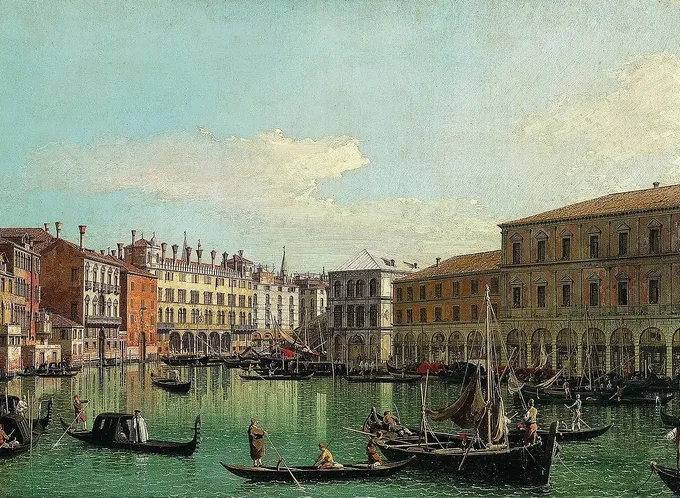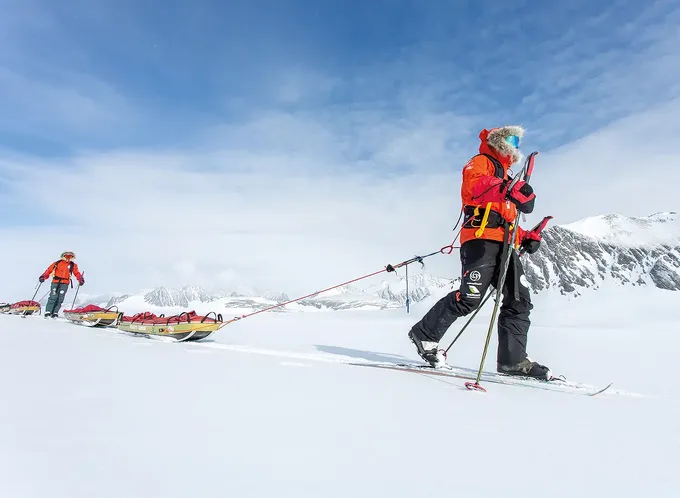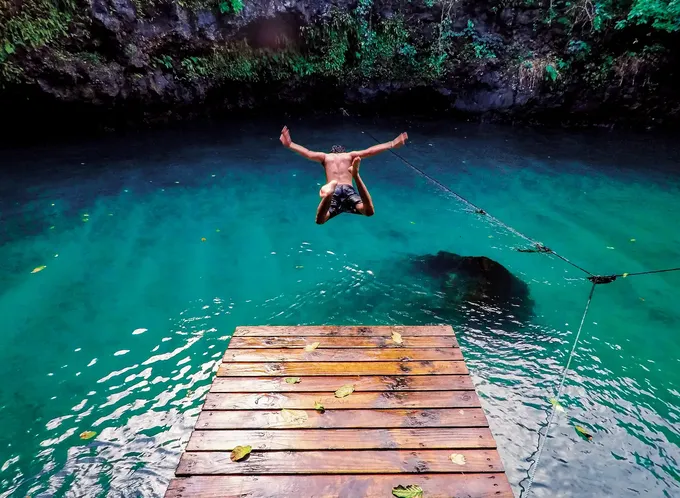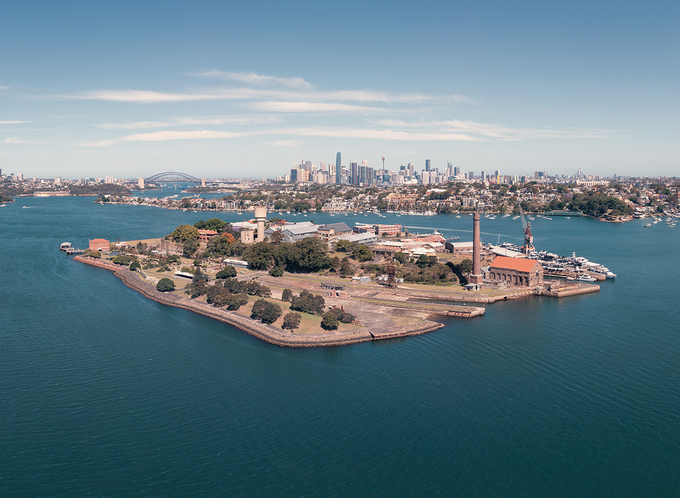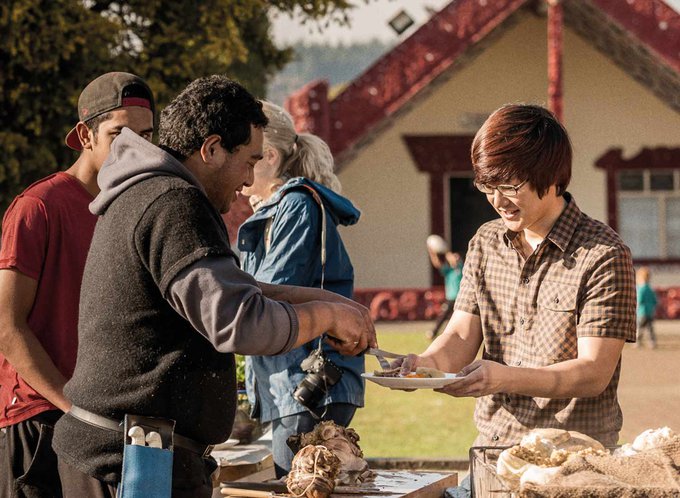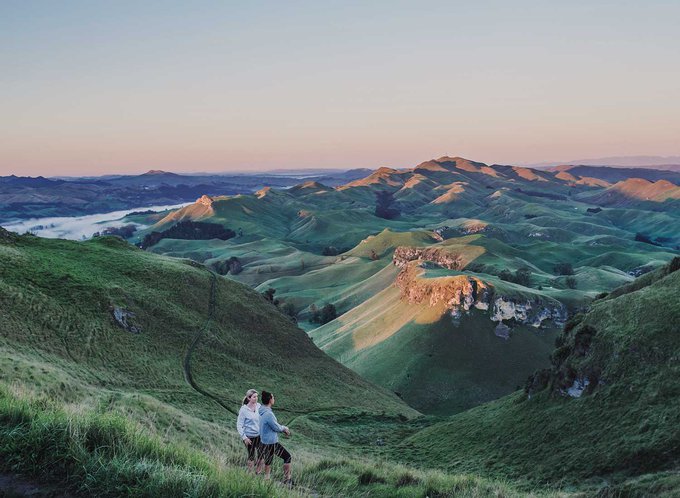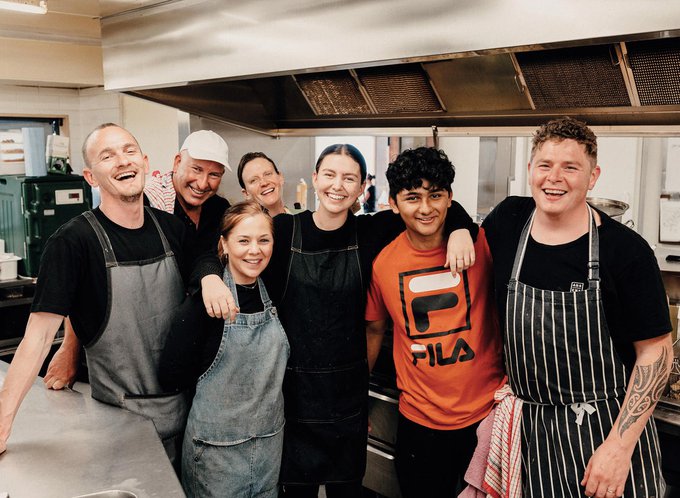Having shrugged off its reputation as a no-go zone for travellers, Colombia has transformed into a captivating and sometimes surreal destination for Kiwis with a taste for the exotic, writes MAS Member Peter Graczer.
On a steaming tropical afternoon in Cartagena, the air thick with the smell of salt and street food, a 500-year-old Spanish colonial gem on Colombia’s Caribbean coast comes alive.
Among pastel-coloured buildings, the hustle of street vendors and palenqueras in vivid dresses balancing fruit bowls on their heads, a brown-throated sloth slowly navigates the busy footpath of a central park.
It moves with serene indifference to the chaos around it. Tourists descend, phones in hand, to capture the surreal moment, while the vendors shout and jostle for position selling ice creams, fresh green mangos and coconut water spiked with lime juice and Bacardi rum.
I turn to see my partner’s reaction, but he’s already joined the crowd, phone poised for the perfect sloth close-up. “There’s no way people at home will believe this!” he shouts. “How is this even real?”
Reflecting on his question “How is this even real?” perfectly captures a journey through Colombia. After all, this is the country of magical realism, the birthplace of Gabriel García Márquez, where the mundane can be magical and where every moment holds the possibility of the extraordinary.
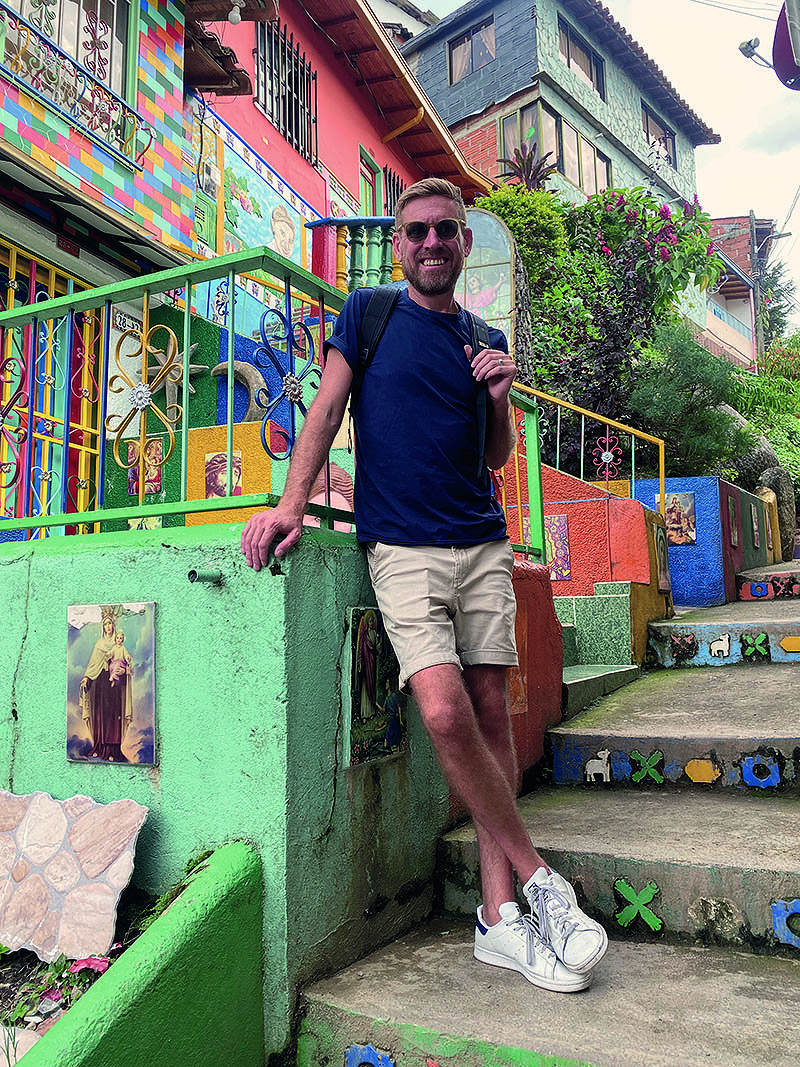
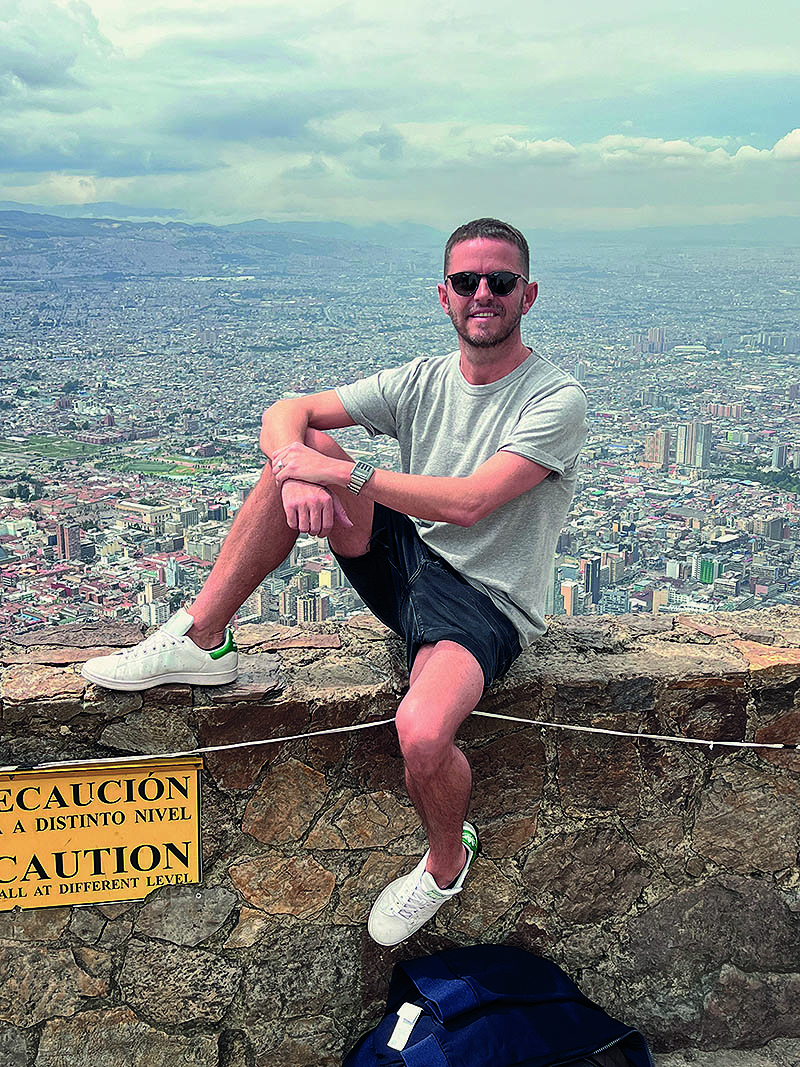
Is it safe?
Announcing our travel plans to Colombia met with the same cautionary advice: warnings of kidnapping, pleas to stay safe and hopes that we’d return unscathed.
It’s easy to understand these concerns. For decades, Colombia grappled with a devastating civil war that saw armed guerrilla factions clash with government-supported paramilitary groups. It’s hard to shake off a history like this and the reputation it leaves behind.
But in recent years, Colombia has undergone a remarkable transformation. Efforts to improve security have succeeded, and the country is now safer than ever for tourists. Last year, Colombia welcomed over five and a half million overseas visitors, and it’s fast becoming one of South America’s most fashionable travel hotspots.
That’s not to say it’s entirely safe. Some cities and areas remain on the New Zealand Government’s ‘do not travel’ list, and violent crime, while increasingly rare, can still break out. We experienced this first-hand one afternoon in Medellín from the balcony of our Airbnb, when an argument erupted on the street below. The situation quickly escalated when several gunshots rang out, sending us running inside for cover.
It was, however, an isolated incident and Colombia is safe for tourists who steer clear of risky behaviours and stick to the major cities and travel routes. A common Colombian saying “no dar papaya,” or “don’t give papaya” is worth mentioning. It means don’t allow yourself to get into situations that might make you vulnerable to crime or theft.
In our experience, the three cities we visited felt no more dangerous than places like London or Barcelona, and the heavy police presence in tourist areas gave us an additional feeling of security.
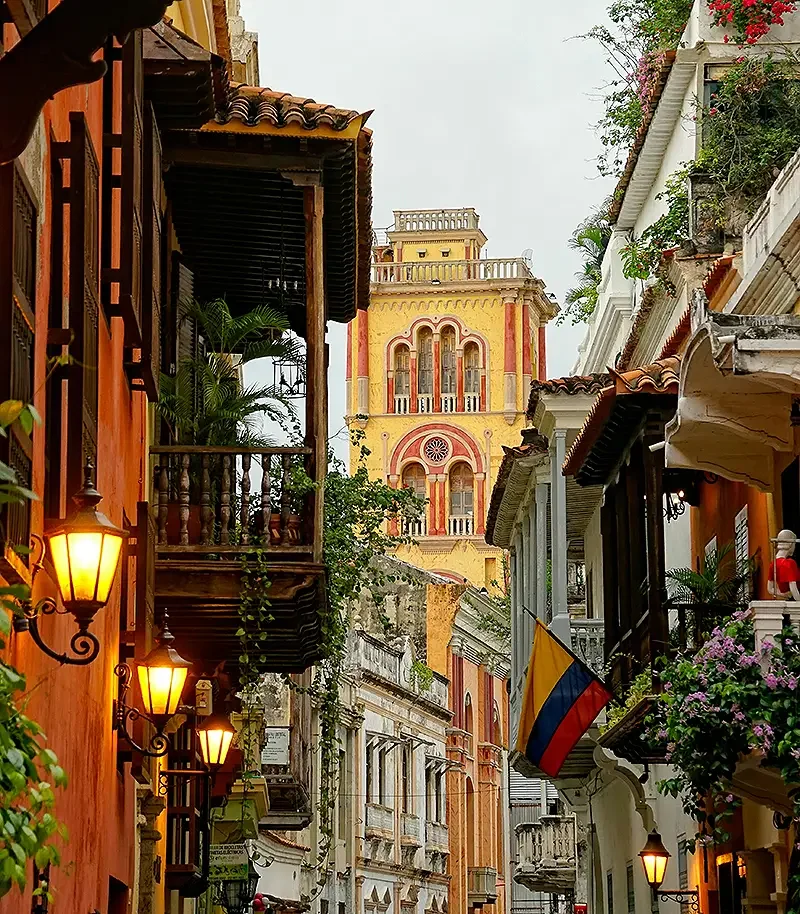
Cartagena serves up photo opportunities at every turn.
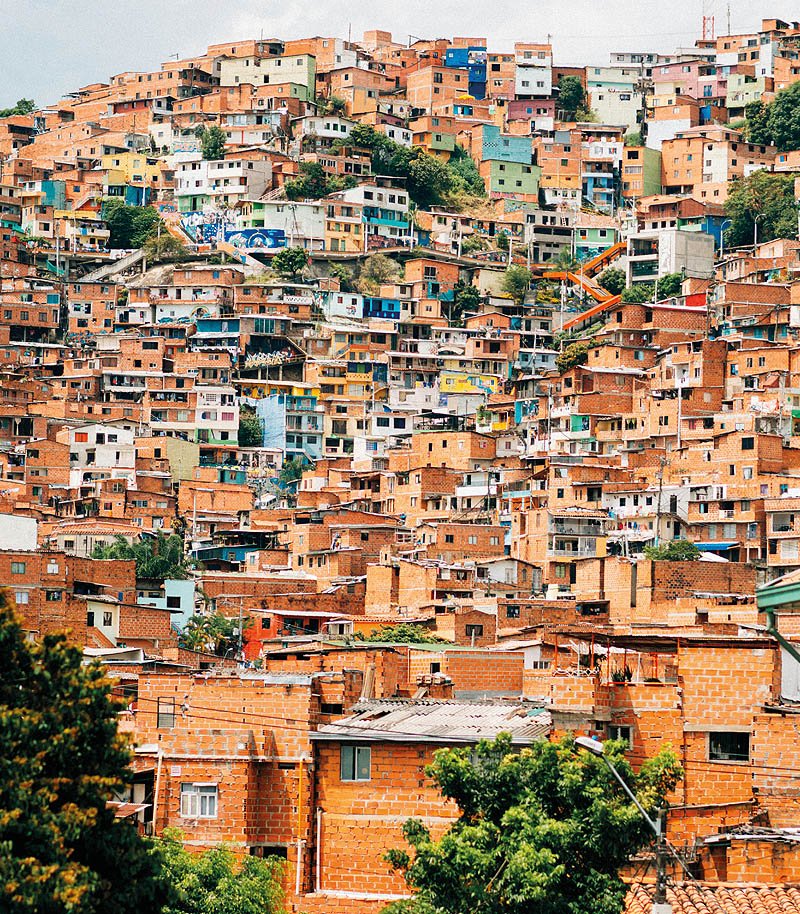
Once synonymous with crime and drug cartels, Medellín has emerged as a model of urban innovation and progress.
Bogotá
We arrived as most visitors do by flying into Bogotá, the capital city. Situated about 2,640 metres above sea level in the Colombian Andes, the city has a much cooler climate than the rest of the country. Most tourists spend no more than a couple of days here before heading off to more popular destinations.
The main attractions in Bogotá are Mount Monserrate, which gives you a sweeping view over the city and features a 17th-century monastery, Plaza de Bolívar (named after Simón Bolívar who liberated the country from Spanish rule) and the Gold Museum, which houses the world’s most important collections of pre-Hispanic metalworking. We knocked all of these off in one afternoon.
A few hours by bus from Bogotá is the Cocora Valley, renowned for its coffee plantations and towering wax palms, the tallest palm trees in the world. It’s also home to the heritage town of Salento, which helped inspire the Disney film Encanto with its brightly coloured casitas and cobblestone streets.
Food is the other ‘must do’ in Bogotá, according to the locals. Top of the list is ajiaco, a heavy soup made from chicken, three kinds of potato, corn, cream and capers. It’s pretty much a staple and Colombians will go on and on about it until you try it, so please do.
Medellín
No other city in Colombia represents the country’s transformation better than Medellín. Once synonymous with crime and drug cartels (and widely regarded as the most dangerous city on earth in the 1990s), it is now a model of urban innovation, educational advancement and progress.
Situated in a lush valley of tropical greenery, Medellín also boasts a spring-like climate year round, contrasting with the cooler temperatures of Bogotá and the humidity of Cartagena.
The best place to see Medellín’s transformation up close is Comuna 13, a neighbourhood that 20 years ago was the murder capital of the world. Today, it’s one of the city’s top attractions full of street art performances, murals and graffiti, bright colours, hundreds of cantinas and an optimistic energy that showcases its resilience.
Another popular (if not slightly controversial) thing to do in Medellín is taking one of the many Pablo Escobar tours on offer. These include visits to La Catedral, Escobar’s self-imposed prison located in the mountains above the city, as well as the family grave and a football field he built later in life while trying to kickstart a career in politics.
Some locals rolled their eyes when we told them we were doing an Escobar tour, but I’m glad we did. He’s no folk hero here and the locals are quick to explain how cocaine trafficking long fuelled the violence and conflict in Colombia. Most tours include a stop at Inflexión Memorial Park where one monument alone contains 46,612 holes, each representing a victim of the violence in the 80s and 90s.
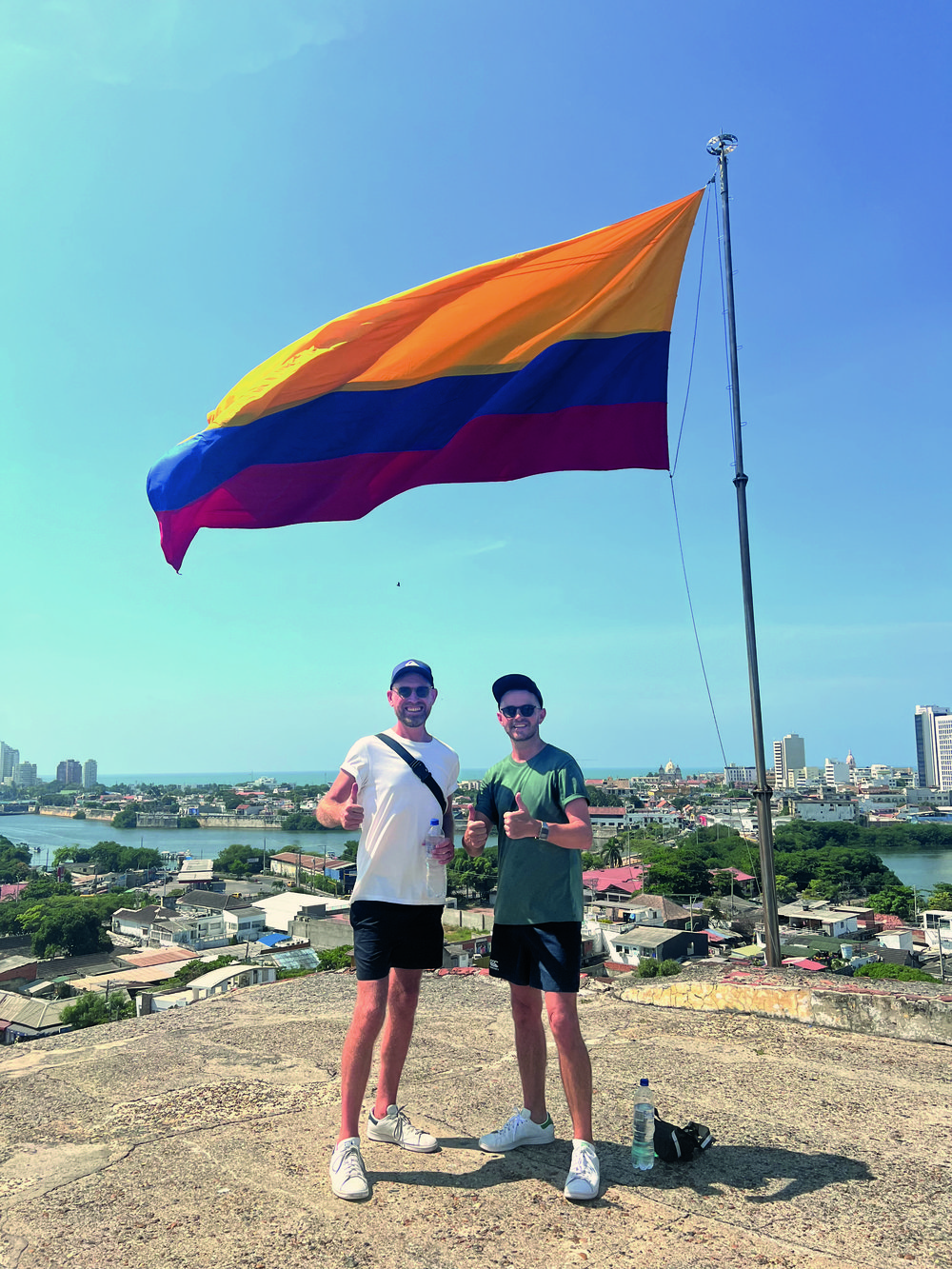
Peter (right) and partner Richie exploring the sights.
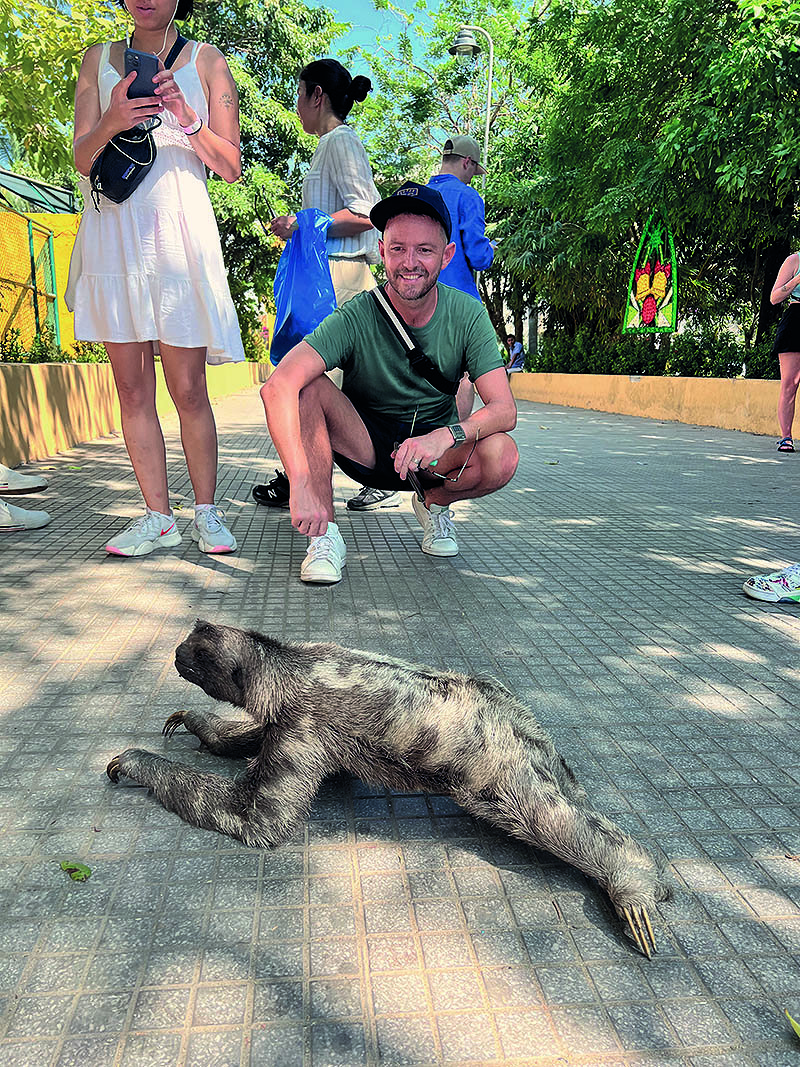
It’s not every day you get to meet a sloth, but here, you might spot one roaming the footpath.
Cartagena
If Colombia has a tourism trump card, it’s Cartagena, or Cartagena de Indias to use its proper name. Founded in 1533 by Spanish conquistadors, Cartagena is quite possibly South America’s most beautiful city, with colourful colonial architecture, Afro-Colombian influences and a historic centre surrounded by fortresses built to fend off raids from Caribbean pirates and buccaneers.
It’s also the departure point for some of Colombia’s most beautiful beaches such as Playa Blanca and the Islas Rosario. These are reached by boat on organised day trips, with most including lunch. If you’re looking for a party, Cholón Barú offers a unique experience in the form of floating bars where you can listen to reggaeton and enjoy piña coladas, waist-deep in the Caribbean.
One thing to note: Cartagena is the most visited city in Colombia by far. It’s only a short flight to Miami and is hugely popular with American tourists, so prices are considerably higher than anywhere else in the country. A few locals we met in Bogota and Medellín dismissed the city as overpriced, rude and full of pickpockets, but for us, it really epitomised the colour, energy and chaotic beauty of Colombia.
The city also has a food and nightlife scene to rival anywhere in Latin America. Alquímico is a great example, housed in an old mansion within the walled city and spanning three levels. Recognised as one of Cartagena’s finest bars, it serves up locally brewed craft beers and a huge list of cocktails made with Colombian ingredients. In the historical Getsemani district just outside the walled city, you can find almost every kind of restaurant from upscale eateries to home businesses serving arepas (crispy corn cakes stuffed with savoury filling) and patacones (fried plantains) right from their street-front living rooms.

The golden beaches of Tayrona National Park from the Caribbean side of Colombia.
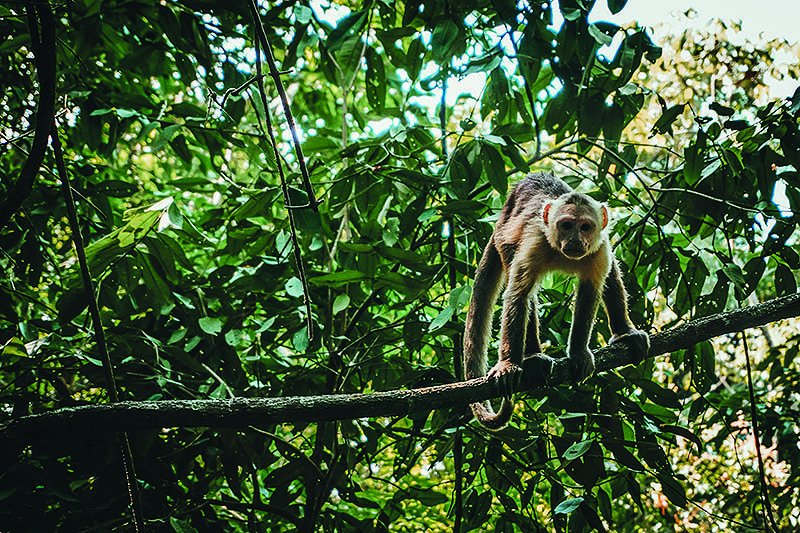
White-fronted capuchin monkey, Tayrona National Park, Colombia.
Further afield
Colombia is vast. Almost five times the size of New Zealand, the country spans both the Caribbean and the Pacific and includes the Andes Mountains at its core as well as extensive Amazon rainforest regions to the south. While we stuck to the three main cities, more of the country is opening up to visitors all the time as tourism grows.
One of the most popular spots right now is Tayrona National Park on the Caribbean coast. Tayrona has amazing beaches and wildlife, including monkeys, armadillos and iguanas. You can drive or take a bus to the entrance, but access to the beaches and most of the park’s interior is on foot or by horseback.
The Lost City or Ciudad Perdida is an ancient archaeological site that pre-dates the Inca civilisation, believed to have been founded around 800 CE, making it approximately 650 years older than Machu Picchu. Getting there involves a challenging multi-day hike through dense jungle, so we gave this one a miss. It’s located in the Sierra Nevada de Santa Marta mountains around a 4 or 5-hour drive from Cartagena.
Useful Spanish phrases
- Chimba! / Cool or awesome
- Rumbiar! / To go partying or dancing
- Rollo / A person from Bogotá
- Paisa / A person from Medellín
- Costeño / A person from Cartagena
Know someone who might enjoy this?
Read this next
-
March 2023
Canaletto dreaming
-
August 2023
Ends of the Earth
-
August 2023
Island time
-
November 2023
Take your mind's eye to Sydney
Good living
See all-
March 2021
In review
-
March 2021
Manaakitanga – more than just hospitality
-
March 2021
Land, sea and myth: Revisiting Hawke's Bay
-
July 2021
Breaking bread at Everybody Eats

